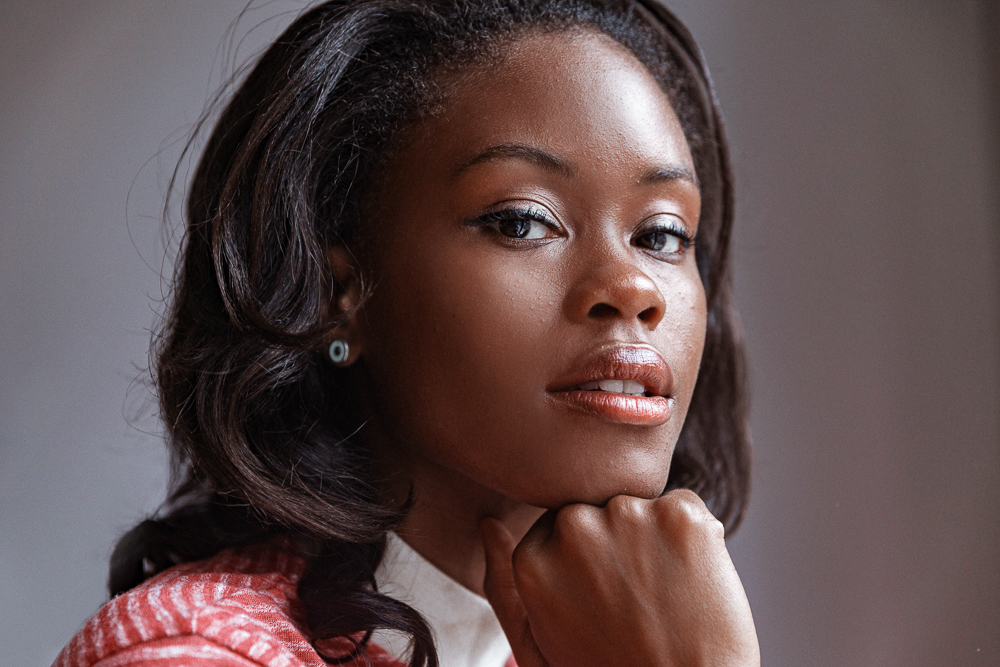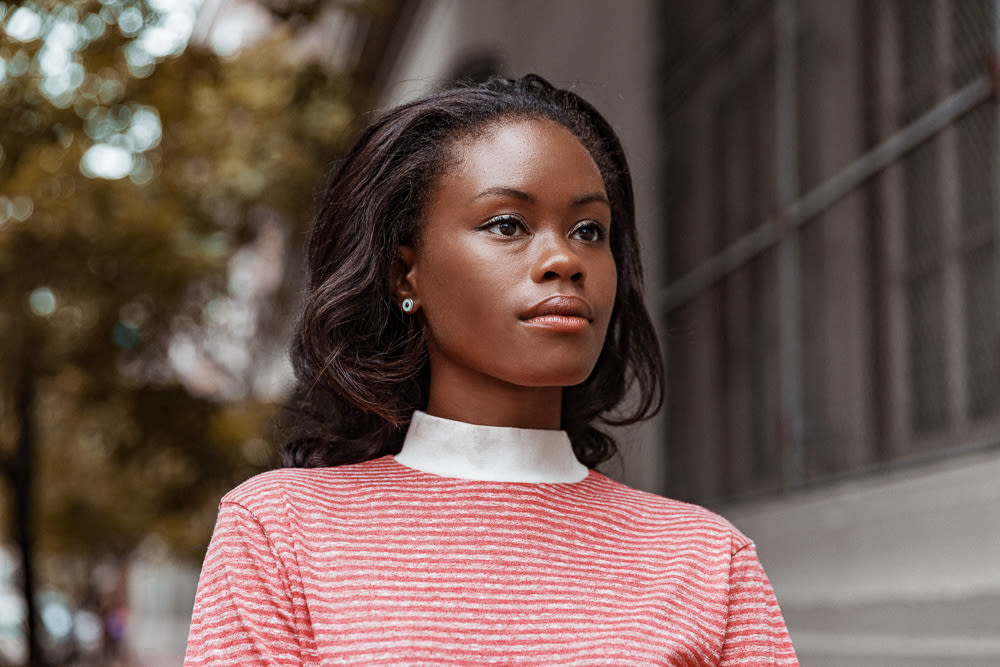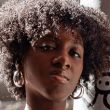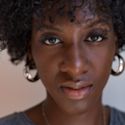My grandmother first relaxed my hair when I was about 10 years old. Now, at 25, I've finally transitioned back to my natural texture, the last of my straight ends cut off last July. The transition took me a little more than a year—during the process, I kept my hair mostly in braids and sew-ins, styles that meant I didn't have to deal with my own texture too much. It was a little jarring to have to get acquainted with hair I didn't understand very well.
I can credit my decision to transition back to the growing number of bloggers who champion their hair and document their journeys online. Even now, as I'm still getting used to my hair, the whole process has me thinking more and more about community and how it can push women to embrace their hair. In that vein, I wanted to profile a few more here who have forgone their relaxer and figured out a new routine.
(For the record, I'm using the Almond and Avocado Shampoo by Design Essentials, and V05 Conditioner. Yes, that V05. My hair loves it so much, it just drinks it up. They have this Moisture Milks line and I always buy the coconut one. The best part? I can find it for as cheap as a dollar.)
For many young, black girls, getting a relaxer is a rite of passage. And though not all black women are choosing to abandon chemically straightened hair, the ones who are now have more resources and products than ever to make their road back to natural easier than it has ever been. The women interviewed below have traded in permanently straight hair for kinks and curls. Here's more about the process, in their words.
—Iman Stevenson

Mekdes Mersha
Clinical Research Coordinator at Mt. Sinai Hospital
"I transitioned in high school, when I was in the 11th grade. I had a relaxer pretty much all my life. The last one that I got was so painful that I was crying, I'll never forget that pain. So it just wasn't worth it for me anymore. And I started seeing more stuff online about going natural and I just decided to do it for myself. I cut all my hair off, so it was probably like one inch, like a little baby 'fro.
For job interviews, I always come with my hair straight or straightened to some degree. Once I feel comfortable in my workplace, then I'll wear my hair natural. I don't feel like I'm treated any differently, but I've of course had comments from coworkers who have no clue about black hair. Their intentions are innocent, but the questions are always kinda weird.
Right now I work at Mount Sinai as a clinical research coordinator. So I see patients, and they'll look at me and say, 'Back in my day, we weren't even allowed to wear our hair like that, so it's really great that you're doing that.' I appreciate that. I never thought of it as a political statement, but when I get feedback from my colleagues like, 'I wish I could wear my hair like that' or 'You inspired me to do a twist out,'—it's something so small, but it makes me feel good about being comfortable in my hair the way it is.
I feel like we're always searching for products. I'm really living and dying by the new Madam CJ Walker line. Funny enough, I was actually in that campaign, so they gave me the products because I modeled in it. One product in particular, it's a Twist and Lock, meant for people who twist at night or braid and then unravel it. It's amazing. Worth the money, for sure."

Meleka Harris
Model
"Around my early 20s, I went to Hawaii for the first time and I lived there for about four months. That's when I noticed I really had to deal with my hair—there wasn't a way for me to perm it chemically, so when I had new growth, I wasn't sure what to do. It was upsetting to me. I was just like, 'Ahh man, all these years you feel like you've learned so much and you don't even know how to do your own hair!' My hair just started breaking off, so I shaved the back of my head to make it easier to do ponytails and detangle. When I got back to New York, I found this black salon and they were like, 'Wow!'
I did the Big Chop in 2012. At first, I was excited. Then I got home and was like, 'Oh my God, what did I do?!' I had like two inches of hair and I was freakin' out. So then I started going to all the blogs and the YouTube channels to see how everyone was doing their hair. Everyone was going all crazy for Shea Moisture and all the different types of mixtures they had, but I tried one and I really didn't like it. Earlier this year I found the Manuka Honey and Mafura Oil, it's super moisturizing and hydrating and I'm obsessed with it, so I use that.
Now we're seeing if you have natural hair, you can still love Young Thug or whatever the case is. We have the first Annie with a little afro—to see that for young black girls, I think is good. But there are still spaces within the natural hair conversation that get overlooked. Women with dreadlocks, for instance, we don't see as much. We see the woman with the super soft curls. There are so many different types of hair in the black community that we should show them all. Girls with little 'fros, girls with little dreads, long dreads, it all needs to be covered. I think it's a good start, but there's definitely more to do. More hairstyles and complexions to appreciate."

Jessica Clemons
Psychiatry Resident at NYU
"Ever since high school, I was into the relaxers because everyone else had them and I wanted my hair to be all straight and pretty. But I had a hairstylist when I was in college who tried to show me how the natural curl pattern could come out if I didn't relax it so much. So I slowly transitioned during college. And then in 2011, I was up one night looking at these blogs and thinking, oh my God, their hair is so beautiful. It's so big and you can do so much with it. For me, it's just an opportunity to be myself. I think other ethnicities really get to do that and hair isn't such a big discussion. So it's just part of who they are, the same way their goals and personalities are a part of who they are.
Obviously, I still use products. I still manipulate my hair to some degree, but it's nice to be able to do that and not feel like I have to do something to my hair to be accepted. I can't live without the Aussie Moist Conditioner. I also love Shea Moisture's Curl and Style Milk, the Coconut and Hibiscus line. For me, it's just about being Jessica and getting to be who I am and really embrace that. About loving myself for who I am, so it's been very empowering, I would say. And to not feel like, oh no, I have to go to the salon in six weeks to get my hair relaxed."
Iman Stevenson is a news assistant at The New York Times.
They've shared their stories—now tell us yours.








